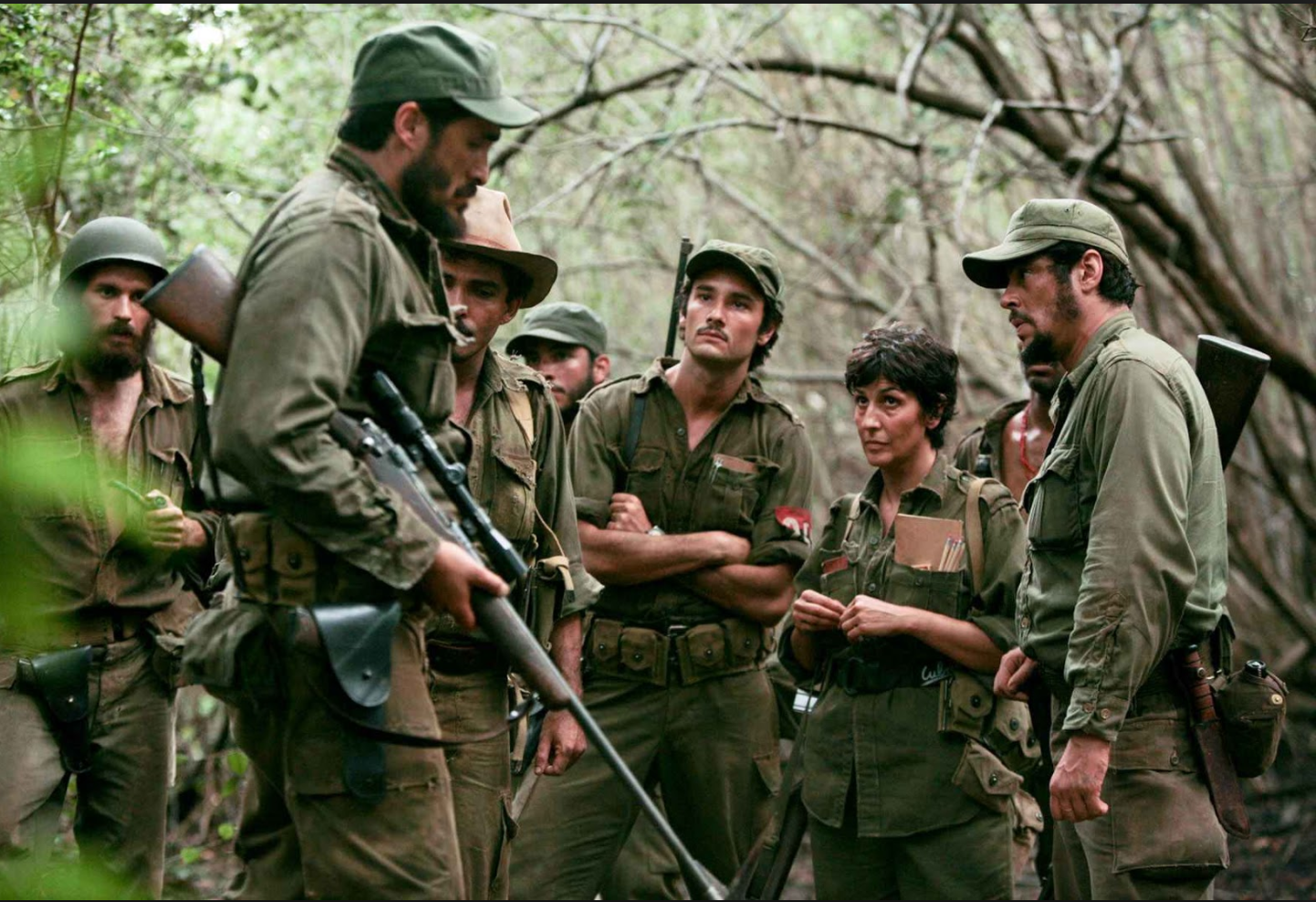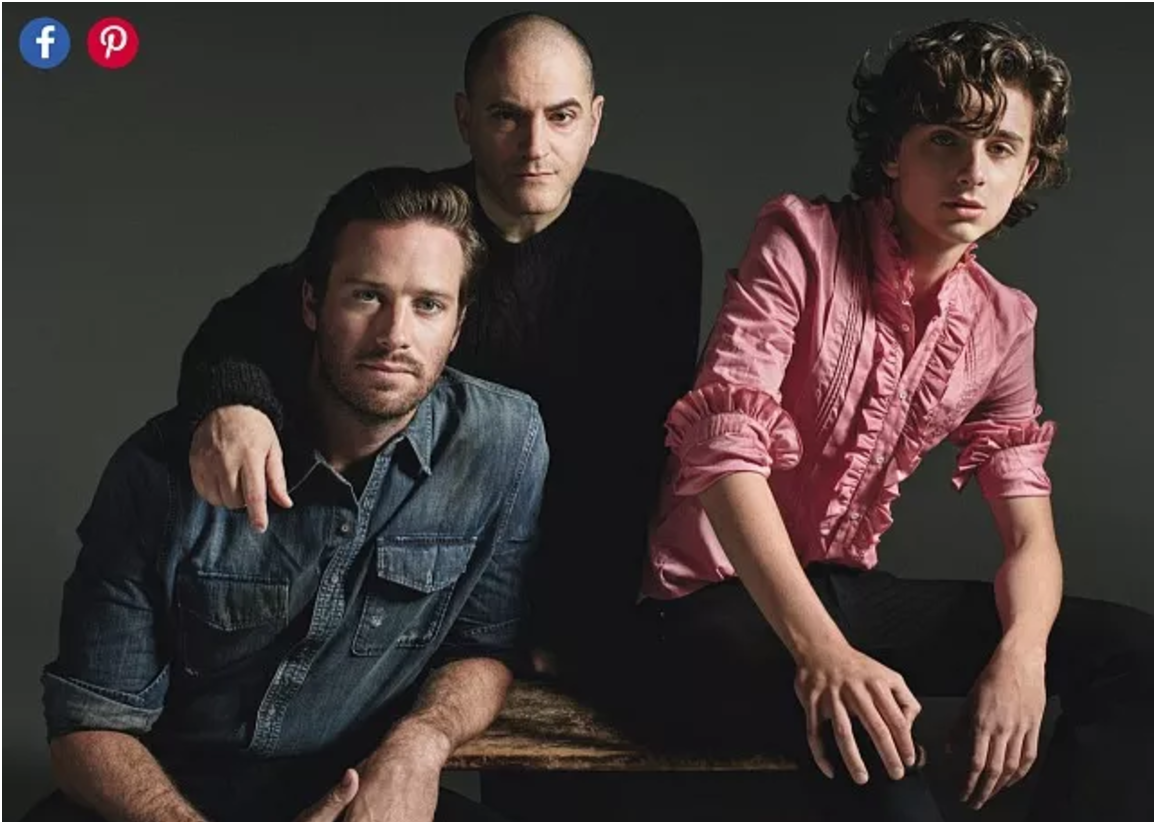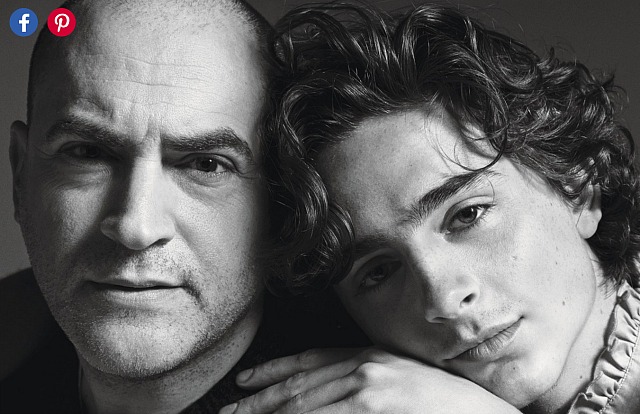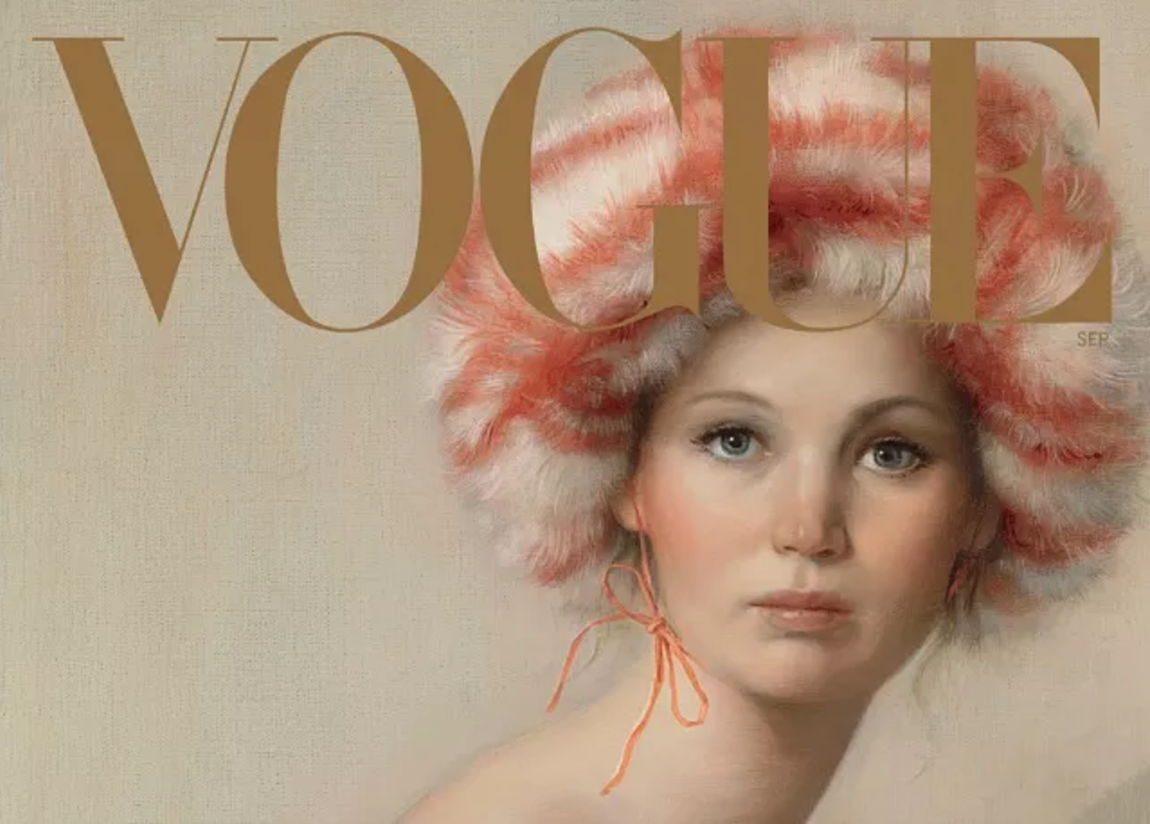Steven Soderbergh has said time and again that the reaction to his two-part, 258-minute Che, a brilliant, thinking-man’s epic about Che Guevara, was a downish turning point. He’s told N.Y. Times interviewer Dave Itzkoff in an 8.10 article that “he was changed for the worse” by it.
Che was critically praised, but its commercial failure “soured” him on high-minded prestige films. “Che beat that out of me,” Soderbergh says.
Posted from Cannes on 5.21.08: I know I predicted this based on a reading of Peter Buchman‘s script, but the first half of Steven Soderbergh‘s 268-minute Che Guevara epic is, for me, incandescent — a piece of full-on, you-are-there realism about the making of the Cuban revolution that I found utterly believable. Not just “take it to the bank” gripping, but levitational — for someone like myself it’s a kind of perfect dream movie.
It’s also politically vibrant and searing — tells the “Che truth,” doesn’t mince words, doesn’t give you any “movie moments” (and God bless it for that).
It’s what I’d hoped for all along and more. The tale is the tale, and it’s told straight and true. Benicio del Toro‘s Guevara portrayal can’t be called a “performance” as much as…I don’t know, some kind of knock-down, ass-kick reviving of the dead. Being, not “acting.”
I loved the lack of sentimentality in this thing, the electric sense that Soderbergh is providing a real semblance of what these two experiences — the successful Cuban revolution of ’57 and ’58, and the failed attempt to do the same in Boliva in ’67 — were actually like.
Oh, God…the second half is starting right now. The aspect ratio on the second film is 1.85 to 1, but the first film was in Scope 2.35 to 1.
Read more








